It is an exciting time to be a science advisor in the Navy. I am fortunate to be assigned by the Office of Naval Research to Adm. Phillip Davidson, commander of U.S. Fleet Forces, and work to identify and provide technical solutions to capability gaps currently facing our operational naval forces.
Office of Naval Research-Global sponsors 25 science advisors at naval commands around the world. Our job takes us to the front lines to understand challenges facing our Navy and Marine Corps, and to world-wide technology hotspots to foster relations and bring innovative solutions to Sailors and Marines.
This year, I’ve been tasked by the Office of Naval Research and U.S. Fleet Forces Command to be the technical director for a U.S. team of scientists and engineers contributing to a unique international exercise focused on the test and demonstration of cutting-edge, unmanned and autonomous maritime systems. These range in capability from port security and underwater mine countermeasures to airborne naval surveillance and coordination of international unmanned systems.
This week, the U.S. Navy is participating in the Joint Warrior exercise, which brings together more than 30 warships and submarines, 65 aircraft, and 5,700 uniformed participants from 18 NATO and allied nations in northwest Scotland. New this year, Joint Warrior includes the United Kingdom-hosted exercise: Unmanned Warrior, which adds more than 50 underwater, surface and airborne unmanned systems to the mix.
The U.S. Navy team has 10 technology projects in Unmanned Warrior along with approximately 40 additional efforts from industry and allied partners. Together, we are playing an integral role in achieving scientific objectives, as well as training goals for the exercise Joint Warrior participants. The U.S. projects are spread across five mission areas: mine countermeasures, command and control, anti-submarine warfare, geospatial intelligence, and surveillance/reconnaissance.
Joining me at Unmanned Warrior are three of my fellow science advisors. Inez Kelly, Chris Marchefsky and Jeff Butcher are here from U.S 5th and 6th fleets and Naval Surface and Mine Warfighting Development Center. They are contributing their expertise to the technical dialogue and their leadership skills to the coordination across many participating commands, which include: Naval Meteorology and Oceanography Command; Naval Oceanographic Office; Naval Oceanography Mine Warfare Center; Naval Undersea Warfare Center, Newport; Naval Surface Warfare Center, Panama City and Dahlgren Divisions; Space and Naval Warfare Systems Center Pacific; Naval Air Warfare Center Aircraft Division; Navy Warfare Development Command; U.S. Sixth Fleet.
Thus far, testing and experimentation has been a resounding success:
- Analysis of the operational area for underwater hazards and simulated targets was provided to tactical units using ocean gliders and sensors to map the ocean floor.
- The Hell Bay IV trials have achieved a few world-first milestones testing interoperability of multi-national, mixed squads of unmanned underwater, surface and air vehicle systems.
- Over-the-horizon command and control of unmanned systems was further advanced by successfully routing operational data between underwater and airborne vehicles to an ashore command and control node.
- Expeditionary defense against adversary unmanned underwater vehicles is a growing mission area. The Waterside Rapid Deployment Security System successfully conducted counter-unmanned underwater vehicles and diver port security operations using advanced algorithms and sensors.
- Next-generation LIDAR (light detection and ranging) was successfully employed from an unmanned aerial vehicle to conduct autonomous hyperspectral hydrographic reconnaissance.
- Maritime surface targets were detected and tracked from an unmanned aerial vehicle utilizing the Airborne Computer Vision system, which processes and discriminates contacts automatically for further investigation by operators.
- Not only does that get scientists and engineers fired-up, but senior leaders across the entire Joint Warrior training audience are excited to utilize the added capabilities.
Beyond the technology, the people and organizations behind this effort here at Unmanned Warrior are where the real magic happens. Capt. Beth Creighton, from the Office of Naval Research reserve component, is leading this remarkable team. She has been instrumental in planning this exercise with our UK hosts and was invited to be the overall joint Commend Element for the Unmanned Warrior exercise—a unique honor.
International science and technology collaboration improves U.S. and coalition interoperability. Now, perhaps more than ever, this work has the important outcome of strengthening relationships with some of our long-standing allies.
The lessons learned, on both the technical and operational sides, will be invaluable for informing development and future employment of unmanned systems in coalition operations.
The Author
Dr. Marcus Tepaske is U.S. Fleet Forces Science Advisor
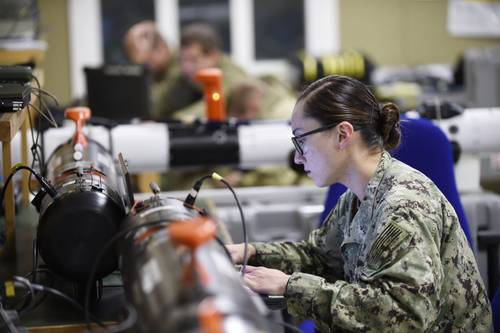


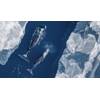

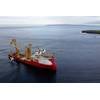
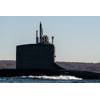
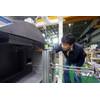





 February 2025
February 2025



